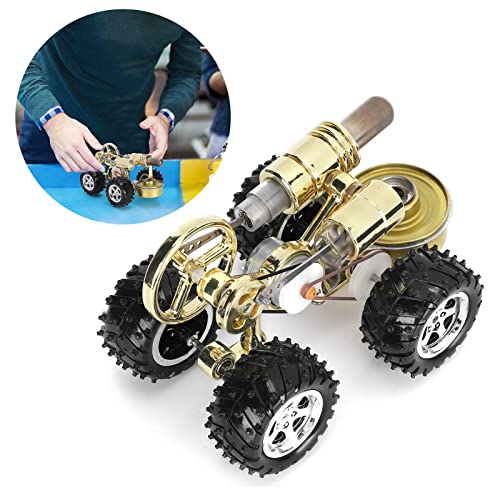ninefinger
Well-Known Member
The first set of rings I ever tried making were (accidentally) from ductile cast iron. Here is my experience from using that material.
It didn't work as intended as a piston ring as it hasn't got enough spring in it, and the act of spreading it to fit over the piston permanently deformed it even after setting it by heat treating.
If you do use the ductile cast iron please let us know how it works out.
Mike
It didn't work as intended as a piston ring as it hasn't got enough spring in it, and the act of spreading it to fit over the piston permanently deformed it even after setting it by heat treating.
If you do use the ductile cast iron please let us know how it works out.
Mike













![DreamPlan Home Design and Landscaping Software Free for Windows [PC Download]](https://m.media-amazon.com/images/I/51kvZH2dVLL._SL500_.jpg)


![MeshMagic 3D Free 3D Modeling Software [Download]](https://m.media-amazon.com/images/I/B1U+p8ewjGS._SL500_.png)























































